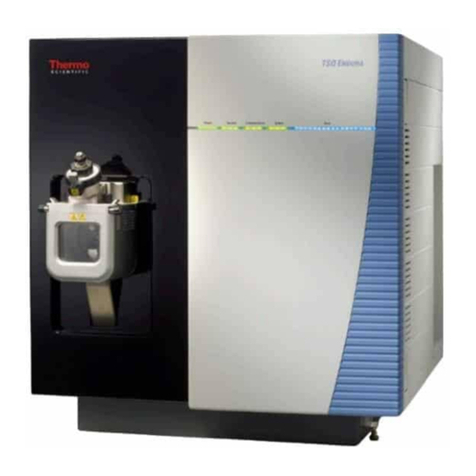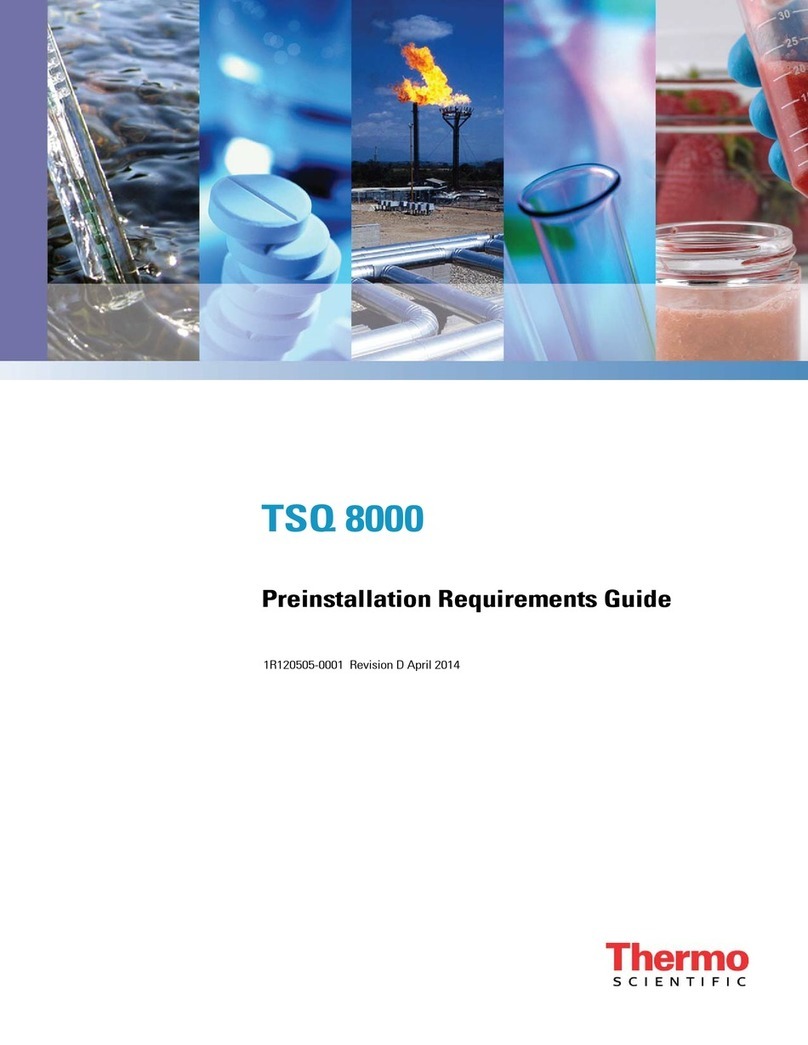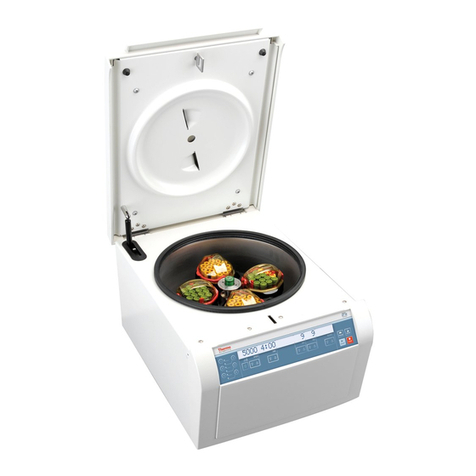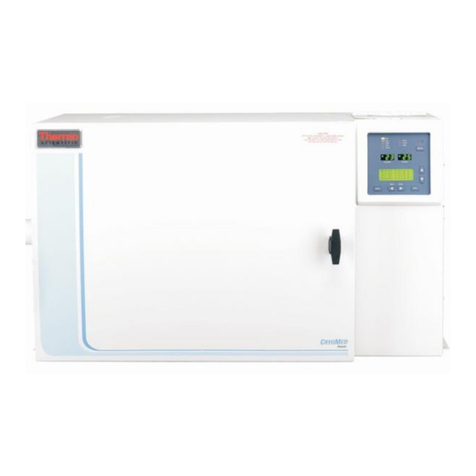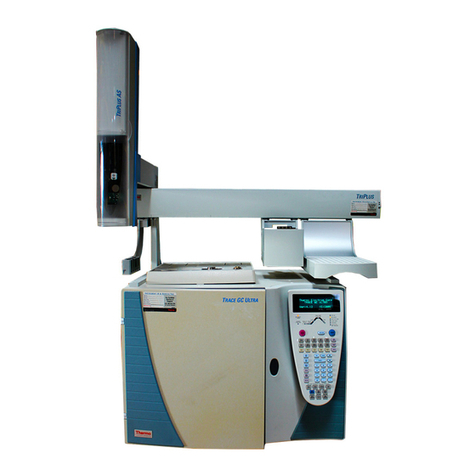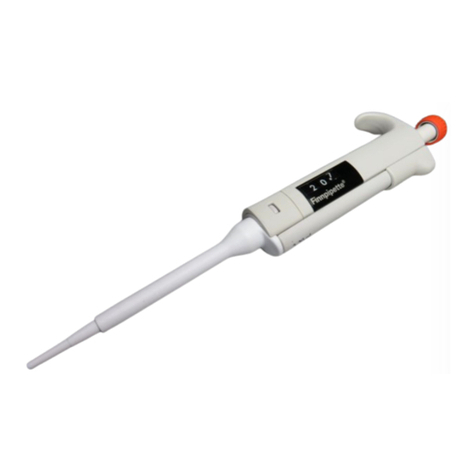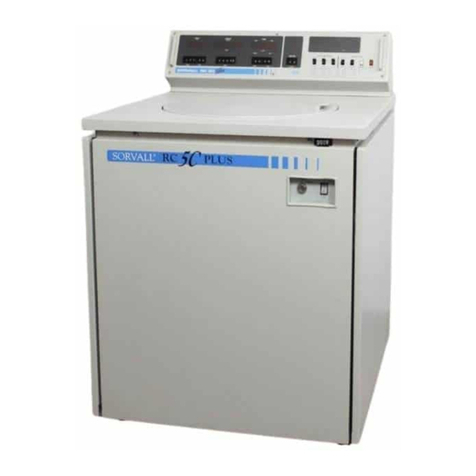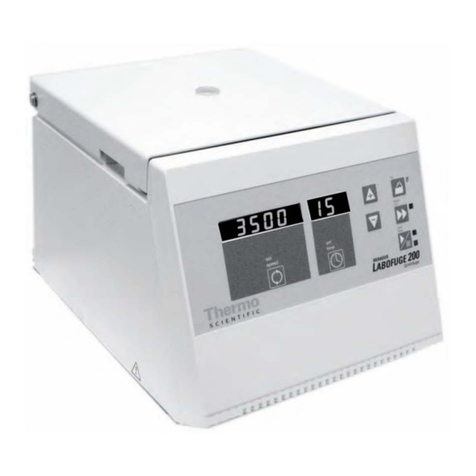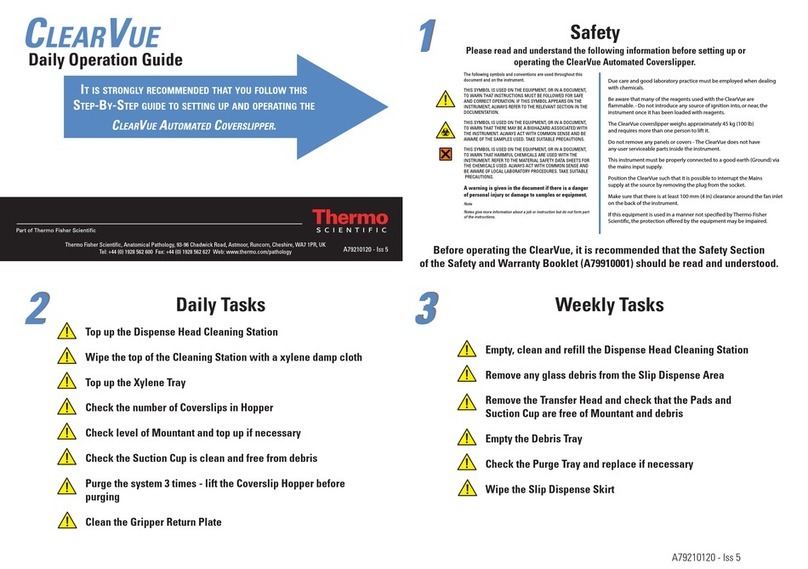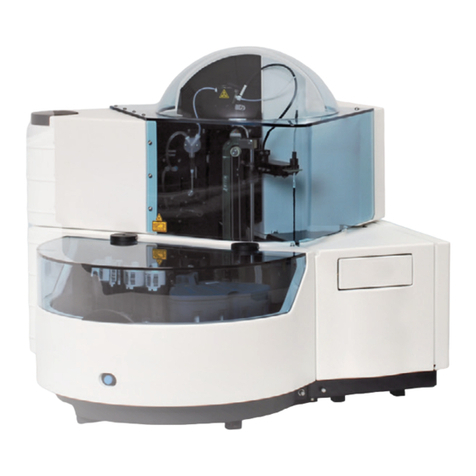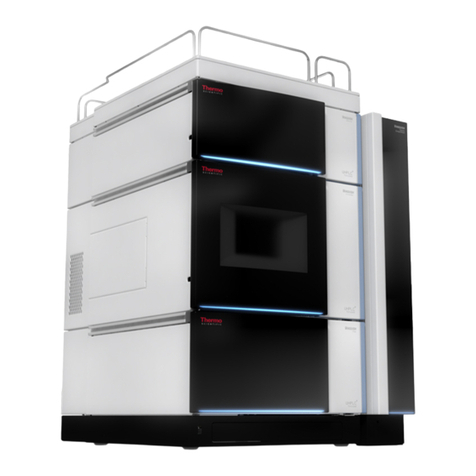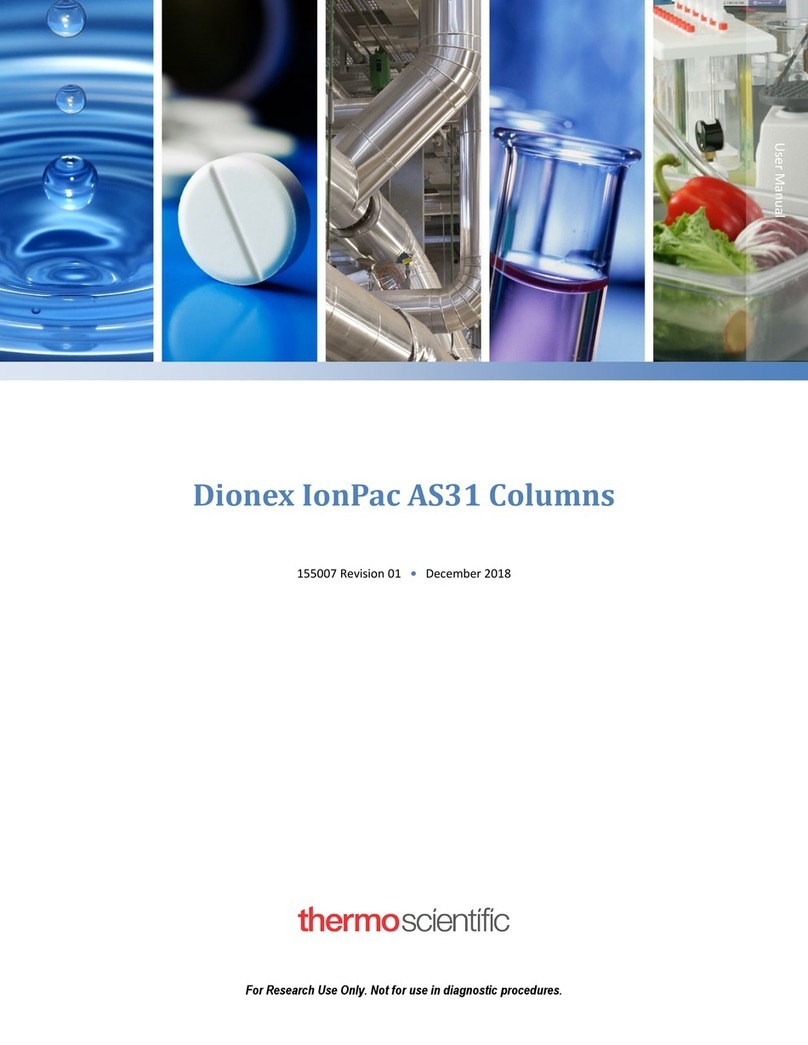
,QVWDOOLQJDQG2SHUDWLQJ,QVWUXFWLRQV
1592007250 XR60C GB r1.1 27.10.2003.doc
;5&
3/4
•dPo First defrost after start-up: (y = immediately; n = after the IdF time)
•dAF Defrost delay after continuous cycle: (0
÷
23.5h) time interval between
the end of the fastfreezing cycle and the following defrost related to it.
FANS
FnC Fans operating mode: C-n= runswith the compressor, OFF during defrost;
o-n = continuousmode, OFF during defrost;
C-Y = runs with the compressor, ON during defrost;
o-Y = continuousmode, ON during defrost;
Fnd Fans delay after defrost: (0÷255min) Time interval between end of defrost and
evaporator fans start.
Fct Temperature differential avoiding short cycles of fans (0÷59°C; Fct=0 function
disabled). If the difference of temperature between the evaporator and the room
probes is more than the value of the Fct parameter,the fans are switched on.
FSt Fans stop temperature: (-50÷50°C/122°F) setting of temperature, detected by
evaporator probe,above which fansare alwaysOFF.
ALARMS
•ALC Temperature alarms configuration: (Ab; rE)
Ab= absolute temperature: alarm temperature is given by the ALL or ALU values.
rE = temperature alarms are referred to the set point. Temperature alarm is
enabled when the temperature exceedsthe “SET+ALU” or“SET-ALL” values.
ALU MAXIMUM temperature alarm: (SET÷110°C; SET÷230°F) when this
temperature isreached the alarm is enabled,after the “ALd” delaytime.
ALL Minimum temperature alarm: (-50.0÷ SET°C; -58÷230°F when this temperature
is reached the alarm is enabled, after the “ALd” delay time.
•ALd Temperature alarm delay: (0÷255 min) time interval between the detection
of an alarm condition and alarm signalling.
•dAO Exclusion of temperature alarm at startup: (from 0.0 min to 23.5h) time
interval between the detection of the temperature alarm condition after instrument
power on and alarm signalling.
DIGITAL INPUT
i1P Digital input polarity: oP: the digitalinput isactivated by opening the contact;CL:
the digital inputis activated by closing the contact.
i1F Digital input configuration:
EAL = external alarm: “EA” message is displayed; bAL = serious alarm “CA”
message is displayed. PAL = pressure switch alarm, “CA” message is displayed;
dor = door switch function; dEF = activation of a defrost cycle; LHt =not enabled;
Htr = kind of action inversion (cooling – heating).
did:(0÷255 min)
with i1F= EAL or i1F = bAL digital input alarm delay: delay between the
detection of the external alarm condition and its signalling.
with i1F= dor: door open signalling delay
with i1F = PAL: time for pressure switch function: time interval to calculate the
number of the pressure switch activation.
nPS Pressure switch number: (0 ÷15) Number of activation of the pressure switch,
during the “did”interval, before signalling the alarm event (I2F= PAL).
If the nPS activation in the did time is reached, switch off and on the
instrument to restart normal regulation.
•odc Compressor and fan status when open door: no = normal; Fan = Fan
OFF; CPr = Compressor OFF; F_C = Compressorand fan OFF.
OTHER
PbC Type of probe: it allows to set the kind of probe used by the instrument: PbC =
PBC probe, ntC = NTC probe.
•dP1 First probe display
•dP2 Second probe display
•rEL Software release for internal use.
•Ptb Parameter table code: readable only.
8. DIGITAL INPUT
The free contactdigital input isprogrammable in five differentconfigurationsby the “i1F”
parameter.
8.1 DOOR SWITCH INPUT (i1F = dor)
It signals the door status and the corresponding relay output status through the “odc”
parameter:
no = normal (any change);
Fan = Fan OFF;
CPr = Compressor OFF;
F_C = Compressor and fan OFF.
Since the door is opened, after the delay time set through parameter “did”, the door
alarm is enabled, the display shows the message “dA” and the regulation restarts.
The alarm stops as soon as the external digital input is disabled again. With the door
open, the high and low temperature alarms are disabled.
8.2 GENERIC ALARM (i1F = EAL)
As soon as the digital input is activated the unit will wait for “did” time delay before
signalling the “EAL” alarm message. The outputs status don’t change. The alarm stops
just after the digital input isde-activated.
8.3 SERIOUS ALARM MODE (i1F = bAL)
When the digital input is activated, the unit will wait for “did” delay before signalling the
“CA” alarm message. The relay outputs are switched OFF. The alarm will stop as soon
as the digital input is de-activated.
8.4 PRESSURE SWITCH (i1F = PAL)
If during the interval time set by “did” parameter, the pressure switch has reached the
number of activation of the “nPS” parameter, the “CA” pressure alarm message will be
displayed. The compressor and the regulation are stopped. When the digital input is ON
the compressor is always OFF.
If the nPS activation in the did time is reached, switch off and on the instrument
to restart normal regulation.
8.5 START DEFROST (i1F = dFr)
It starts a defrost ifthere are the right conditions. After the defrost is finished, the normal
regulation will restart only ifthe digital input is disabled otherwise the instrument will wait
until the “MdF” safety time is expired.
8.6 INVERSION OF THE KIND OF ACTION: HEATING-COOLING (i1F = Htr)
This function allowsto invert the regulation of the controller: from cooling to heating and
viceversa.
8.7 DIGITAL INPUTS POLARITY
The digitalinput polarity dependson the “i1P” parameter.
i1P=CL: the input is activated by closing the contact.
i1P=OP: the inputis activated byopening the contact
9. INSTALLATION AND MOUNTING
Instrument XR60C shall be mounted on vertical panel, in a
29x71 mm hole, and fixed using the special bracket
supplied.
To obtain an IP65 protection grade use the front panel
rubber gasket (mod. RG-C) as shown in figure.
The temperature range allowed for correct operation is 0÷60 °C. Avoid places subject
to strong vibrations, corrosive gases, excessive dirt or humidity. The same
recommendations apply to probes.Let air circulate by the cooling holes.
10. ELECTRICAL CONNECTIONS
The instrument is provided with screw terminal block to connect cables with a cross
section up to 2,5 mm2. Before connecting cables make sure the power supply complies
with the instrument’s requirements. Separate the probe cables from the power supply
cables, from the outputs and the power connections. Do not exceed the maximum
current allowed on each relay, in case of heavier loadsuse a suitable external relay.
10.1 PROBE CONNECTION
The probes shall be mounted with the bulb upwards to prevent damages due to casual
liquid infiltration. It is recommended to place the thermostat probe away from air
streams to correctly measure the average room temperature. Place the defrost
termination probe among the evaporator fins in the coldest place, where most ice is
formed,far from heatersor from the warmest place during defrost, to preventpremature
defrost termination.
11. HOW TO USE THE HOT KEY
11.1 HOW TO PROGRAM A HOT KEY FROM THE INSTRUMENT (UPLOAD)
1. Program one controller with the front keypad.
2. When the controller is ON, insert the “Hot key” and push
9
9
key; the "uPL"
message appears followed a byflashing“End”
3. Push “SET” key and the End will stop flashing.
4. Turn OFF the instrument remove the “Hot Key”, then turn it ON again.
NOTE: the “Err” message is displayed for failed programming. In this case push again
9
9
key if you want to restart the upload again or remove the “Hot key” to abort the
operation.


